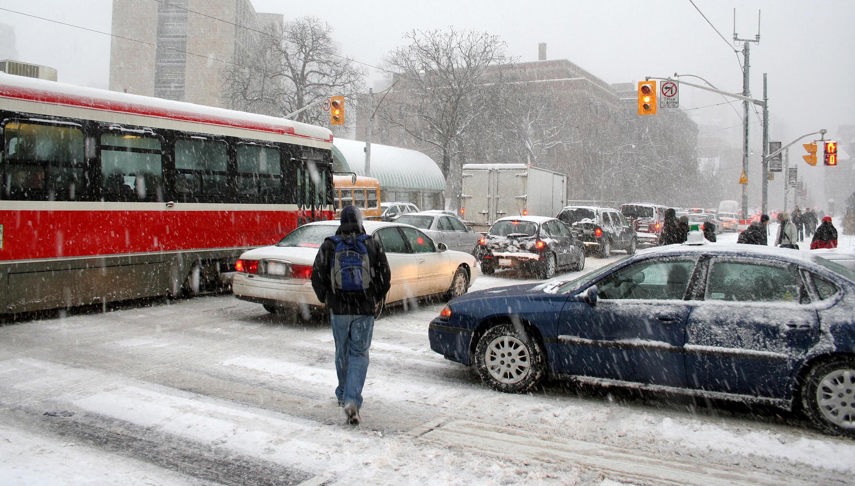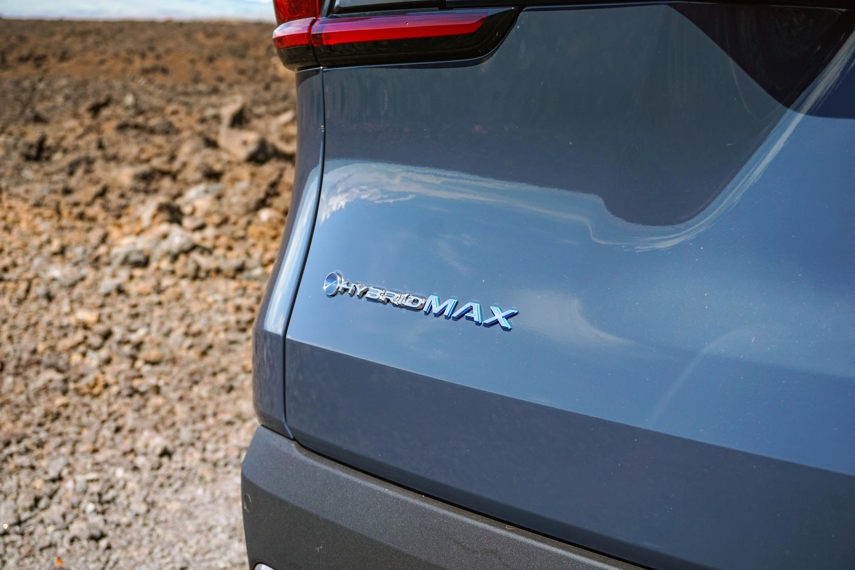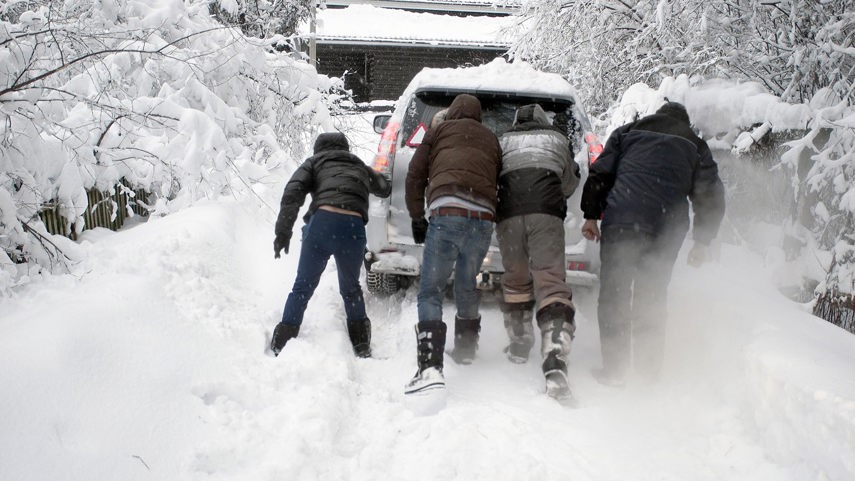As far as existential threats are concerned, there’s none bigger than climate change.
Deny it all you want – it’s real, and the effects are everywhere. It’s why we’re seeing more extreme weather, more wildfires, and more drought, all of which is attributable – both directly and indirectly – to what we’re pumping into the atmosphere. And it’s happening all around us, from Alberta to Antarctica and everywhere in between.
Now, it would be entirely unfair – not to mention inaccurate – to point the finger of blame at any one industry; but “whataboutism” won’t limit the damage, either. And with the holidays upon us, I’ve decided to throw a wish of my own into the ether in the hopes that some higher power is willing and able to help. Because quite frankly, the companies that build the cars, trucks, and SUVs we drive everyday simply aren’t doing enough. That’s why I’m asking automakers to get serious about what they’re doing to curb the impacts of the vehicles they sell, and fast.
I’m no doomsayer. I’m also not the biggest electric vehicle (EV) advocate around, either. I’d much rather see a whole host of hydrogen-powered vehicles out there, but that seems unlikely at this point. For better or worse, most brands have put their eggs in the battery EV basket, and we have to live with it.
Either way, the effects of climate change are here, and they’re hard to ignore. And since the vehicles we drive represent a good chunk of the bad stuff we’re spewing – road transportation alone accounts for 17 per cent of global greenhouse gas (GHG) emissions, according to the United Nations (UN) – it makes an awful lot of sense to clean them up.

But where some brands are answering the call, others are seemingly ignoring it – or at least making it tomorrow’s problem instead of today’s priority. Take the Stellantis family of brands, for example; not since the Fiat 500e launched a decade ago has any one of them introduced an entirely emissions-free entry in North America, yet you’ve been able to buy a Jeep Wrangler with a massive V8 under its hood for a few years now. (In fairness, a new Fiat 500e is on its way, while the all-electric Ram 1500 should be here sometime next year, although both are rather late for an automaker this size.)
Over at Toyota, you can buy a hydrogen-powered sedan – although the infrastructure to fill it is sorely lacking. Even so, a combination of gasoline and electricity is still the brand’s preferred method of motive force, with oversized engines being ditched in favour of smaller ones. Take the V8 that used to power the Tundra and Sequoia; it’s been replaced by a so-called Hybrid Max setup that uses a six-cylinder instead.
While it burns less gas than the 5.7L of old, the V6 has a carbon dioxide emissions rating that’s barely better than before, according to Natural Resources Canada (NRCan), not to mention an identical smog rating. That strikes me as a bit like claiming a regular Snickers bar is somehow healthier than the oversized version despite sharing the same caloric content per serving size.
Need more proof that powertrain is more max than hybrid? According to NRCan, the 2024 Toyota Sequoia emits 273 grams of carbon dioxide for every kilometre it travels. The glass-half-full approach says that’s about 30 per cent less than the 385 for the V8 version that came before it; but it’s still far more than the 2024 Toyota Grand Highlander Hybrid spits out (161), and almost twice as much as the 2024 Toyota RAV4 Hybrid spews (139).

I’m not here to pick on Stellantis or Toyota, either. Just about every automaker out there with the exception of all-electric ones like Tesla continues to hock internal-combustion offerings at an alarming rate given the government targets bearing down on them. Hell, forget the mandates – just about every brand out there has pledged to go all-electric in the coming years, which means they’ll soon have to put their money where their mouths are.
Most, like Toyota-owned Lexus, have committed to building nothing but EVs by 2030. That’s just six years down the road, or about as long as a typical product life cycle, meaning these manufacturers have precious little time left to turn their entire lineups over in order to fulfill their promises.
As we hurtle towards worsening outcomes, the pressure is on the industry to prove itself as one that’s committed to a more sustainable future. It’s only had decades to do exactly that, and I’m not sure exactly what it’s been waiting for, but most efforts to this point are worthy of little more than a lump of coal.

